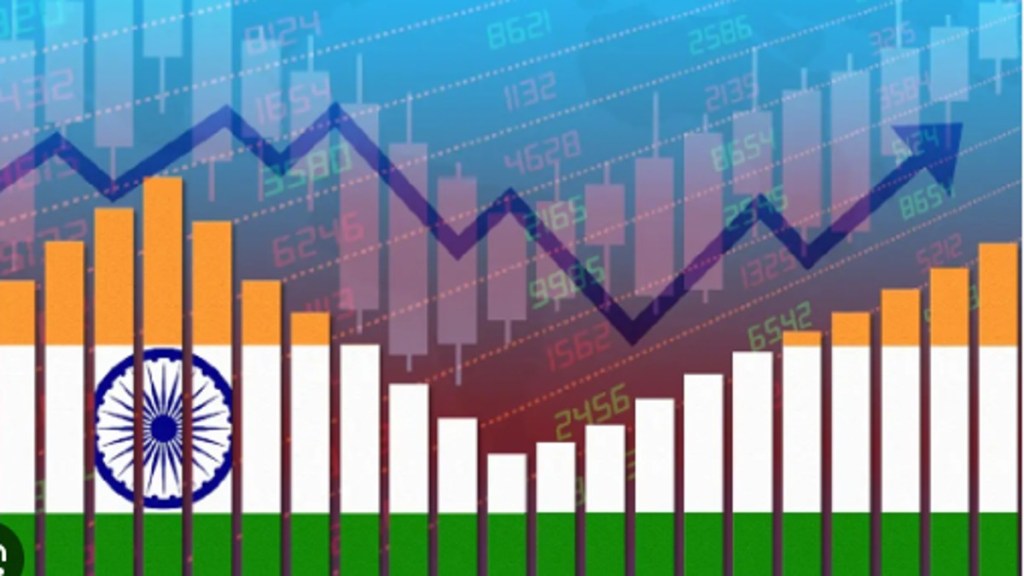The first quarter’s stronger-than-expected gross-value-added (GVA) print and a sharp recovery in private consumption may have surprised many analysts, indicating resilience of the economic growth. But most economists who FE spoke to have kept their GDP growth forecasts unchanged for FY25, as they foresee a possible reduction in urban consumption going forward, along with slower manufacturing activity.
Most economists expect the GDP to grow at 7%, or slightly below in the entire fiscal year. This is a tad lower than the Reserve Bank of India’s (RBI) forecast of 7.2%.
“Urban consumption is likely to moderate going ahead. We do see a marked slowdown in passenger vehicles sales already, though most other lead indicators still paint a mixed picture,” said QuantEco Research in a note. Passenger vehicle sales in July contracted 2.5% on year, according to SIAM data.
Radhika Piplana, chief economist, DAM Capital said that automobile volumes across segments were subdued in July 2024, and a similar trend is expected for August 2024. “Despite a recovery likely in September due to inventory fill up ahead of upcoming festivals of Navratri and Diwali in October 2024, overall Q2FY25 would be flattish for the majority of automobile segments,” she said.
Moreover, the lagged impact of higher interest rates as well as regulatory measures for unsecured lending, could weigh on discretionary demand for goods, say economists. As per data, the pace of credit card spends has moderated for the second consecutive quarter to 24.2% in Q1 FY25 – the slowest pace in the last nine quarters.
On the rural front, however, above-normal monsoon and waning inflation is likely to push rural consumption going forward, which has been tepid for more than a year. “Unlike last fiscal, rural consumption is expected to outpace urban, as higher interest rates impact urban areas more,” said DK Joshi, chief economist, Crisil. This may curb the slower growth anticipated in private final consumption expenditure (PFCE) in the next three quarters–which saw a sharp recovery in Q1FY25. In the first quarter, PFCE grew at a seven quarter high of 7.4%.
Further, the robust growth in manufacturing GVA (7% in Q1FY25) is likely to falter going forward, due to rebound in input costs. WPI inflation may average 3% in FY25, as against -0.7% in FY24, which shall subdue the manufacturing GVA print in the remaining three quarters.
Meanwhile, the overall GVA grew by 6.8% and the gap between GDP and GVA shrank to merely 19 bps in Q1 FY25 as compared to average gap of 122 bps in preceding three quarters. As per SBI Research, this GDP-GVA gap will likely converge in FY25 as against 93 bps gap in FY24, which denotes GDP print will reflect the output potential of the economy. Last year, the sharp drop in subsidy outgo was inflating the GDP print.


